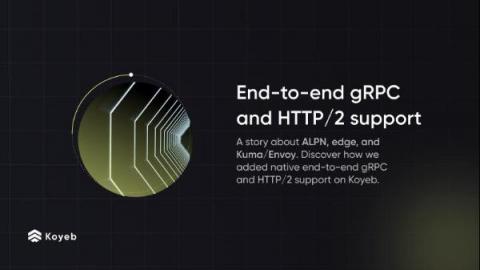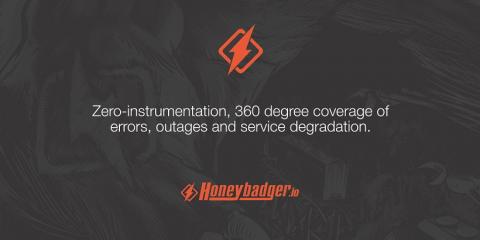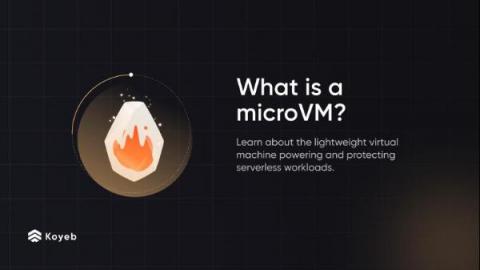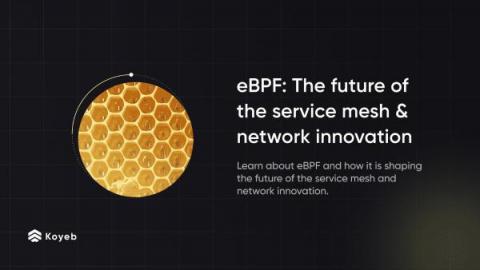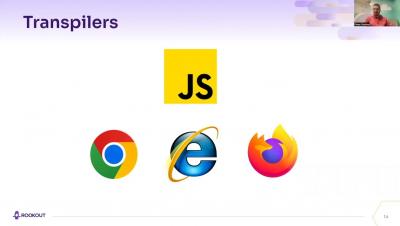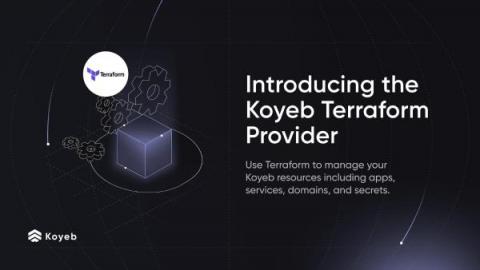Enabling gRPC and HTTP/2 support at the edge with Kuma and Envoy
Our thing is to let you deploy your apps globally in less than 5 minutes with high-end performance. Not only does this require us to be meticulous about everything composing our infrastructure layer, but also we have to support high-level protocols like WebSockets, HTTP/2, and gRPC. There are two major things in the infrastructure impacting performance: hardware and network. On the hardware side, we deploy all apps inside microVMs on top of high-end bare metal servers around the world.



